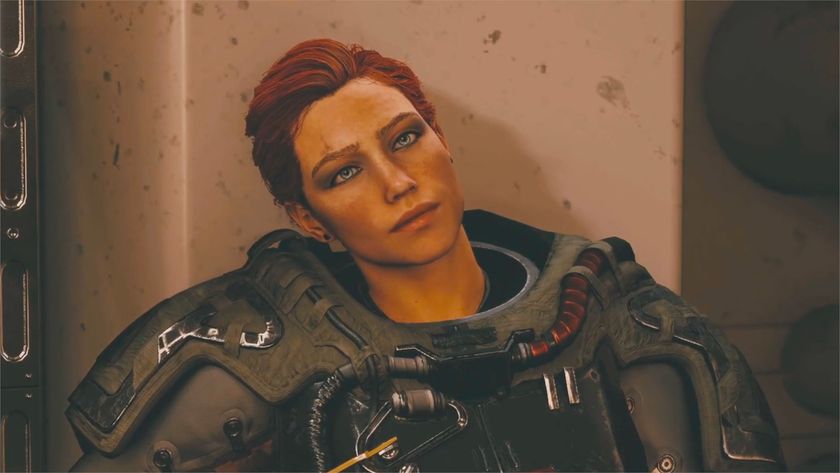Franchise Founders
The biggest games of the biggest names

Street Fighter II: The World Warrior (Arcade - 1991 - 16 proper games)
The single most important fighting game in history, it introduced anything and everything you value in a good scrapper. Choose your fighter, bust out some combos and amaze the gathering arcade crowd with your unbeatable moves.
Why it soared
Fighting games didn't matter (and hardly existed) before this. You were usually limited to one, maybe two playable characters and a small assortment of basic moves that had little to do with skill at all. Here, eight eccentric, colorfully outrageous fighters are at your disposal, each wildly different in gameplay and appearance. Six buttons for light, medium and heavy attacks of the hands and feet meant a vast plethora of moves for every single character, plus a few super-secret special moves that required specific button and joystick movement. For weeks you'd walk through an arcade and see people hoarding around an SFII machine, usually witnessing one dude wailing on everyone else because he knew how to throw a fireball or sonic boom. Once you figured it out for yourself, it was like unearthing buried treasure. A whole new game opened up to you, one of crucial timing, deep-hitting combos and quick interrupt attacks that stopped your opponent from fighting back. Arcades were flooded with eager combatants, ready to show their stretchy Dhalsim skills or nuanced Chun Li performance. Such a craze led to movies, toys, cartoons, numerous sequels and a legion of undying fans around the world. This game didn't just launch a franchise - it launched an entire genre into mainstream success.
What it did for the franchise
Rescued it from obscurity. The first game was extremely basic, unbalanced and not a lot of fun - not the kind of criticism you'd expect for a world-renowned franchise. The second game brought in untold depth and poise to the series. Its many, many sequels and half-sequels would add, remove and tweak features introduced in the original but never radically alter it. New fighters came in a few years later in Super Street Fighter II, a prequel series (Alpha) fleshed out the characters of the original game and finally, six years later, Street Fighter III wowed the planet with its richly animated fighters. The franchise doesn't mean as much today as it did then, but for a good 10 years it was the default fighting game on the block, in the pizza place, the town arcade, the college campus party, anywhere there was electricity and a means to transport a hefty arcade machine.
Who it inspired
Anyone who worked on a fighting game after 1991. Developer SNK seemed to get behind the idea of fighters pretty quickly, seeing as it released Fatal Fury, Art of Fighting and The King of Fighters in rapid succession. Another franchise heavy, Mortal Kombat, owes a bit of gratitude towards SFII as well for making fighters such a sought-after piece of arcade real estate. Further down the road, an alliance between Marvel and Capcom led to several over-the-top fighting games that combined characters from both companies. Modern day series like Tekken, Virtua Fighter and Soul Calibur can also attribute their success to Ryu, Ken and all the rest. The actual number of games SFII inspired is astronomical, as it basically rewrote the book on fighting.
Sign up to the 12DOVE Newsletter
Weekly digests, tales from the communities you love, and more
A fomer Executive Editor at GamesRadar, Brett also contributed content to many other Future gaming publications including Nintendo Power, PC Gamer and Official Xbox Magazine. Brett has worked at Capcom in several senior roles, is an experienced podcaster, and now works as a Senior Manager of Content Communications at PlayStation SIE.










